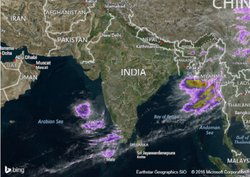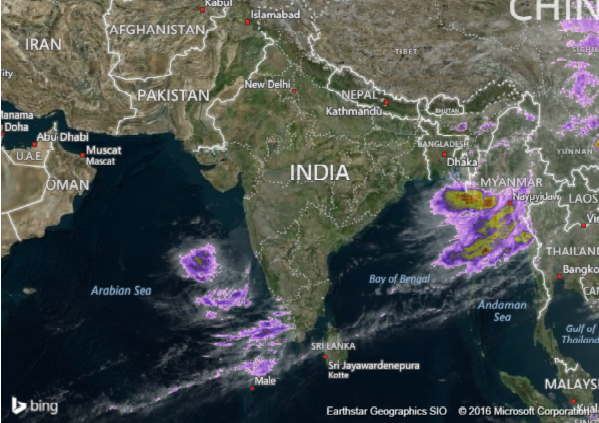
June 10, 2016
By: Michael Feldman
India’s weather bureau will soon have petascale power at its disposal, courtesy of a new $60 million supercomputer that’s in the works. According to a report by Reuters, the India Meteorological Department (IMD) is currently using an older system supplied by IBM, which can only provide forecasts at a national and regional level. The new system is anticipated to be 10 times as fast, and will have the power to provide specific forecasts for India’s 29 states.

Predicting the weather, especially the timing and extent of the monsoon season, is critical to Indian agriculture, which employs more than half of the country’s 1.3 billion population. Agriculture is also a major contributor to the country’s GDP, representing about 15 percent of the total. Agricultural exports alone amounted to $39 billion in 2013.
Having a machine that can predict the monsoon season, could improve production as much as 15 percent experts think, mainly by helping farmers time sowing, irrigation, and harvesting more precisely. If that estimate is accurate, an extra $5.8 billion per year of export revenue can be generated off this $60 million investment in supercomputing. Tens of billions more could be added to the country’s GDP via increased production.
The Reuters article reported that the new supercomputer will allow meteorologists to employ a dynamical model, based on 3D weather simulations, replacing the older and less accurate statistical model, which correlated readings such as winds and sea-surface temperatures with the historical record. The new model is a variant of one used in the US.
Although the IMD is not claiming the new system will attain any specific performance goals, FLOPS-wise, the $60 million price tag suggests a multi-petaflop machine. The National Oceanic and Atmospheric Administration (NOAA) in the US recently spent $44 million to upgrade its weather forecasting machinery to 5.8 petaflops, starting from a base of 776 teraflops.
No word on which vendor will provide the new supercomputer. The write-up in Reuters indicated the weather bureau was in discussion with a number of companies.
The system is expected to be up and running sometime in 2017.
